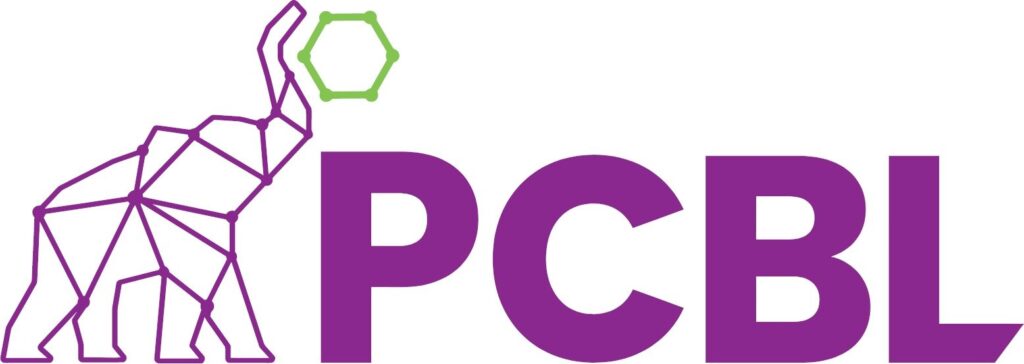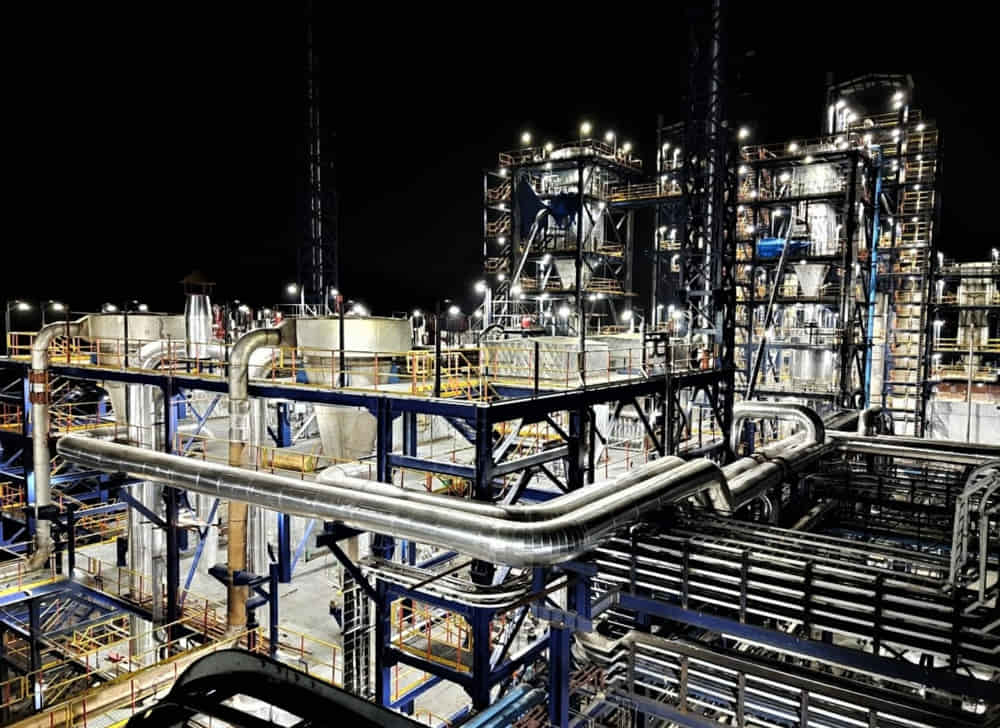
PCBL Shares Dive 11% on Reporting 37% YoY Decline in Q3 PAT: A Detailed Analysis
In the wake of its third-quarter (Q3) results, PCBL (previously known as Philips Carbon Black Limited) witnessed an 11% plunge in its share price. The key driver for this significant dip in its stock price was the company’s reported 37% year-on-year (YoY) decline in its profit after tax (PAT). This substantial drop in profitability sent ripples through the market, with investors reevaluating their outlook on the company. The 37% YoY fall in PAT indicates that the company is facing multiple headwinds that are impacting its ability to generate consistent profits. Let’s explore the reasons behind this downturn, the implications for the company’s future, and how the market is responding to these developments.
Overview of PCBL’s Financial Performance
PCBL is a leading player in the production of carbon black, an essential raw material used in manufacturing tires, coatings, plastics, and other rubber products. It is also involved in the production of specialty chemicals. The company operates in a highly competitive and capital-intensive industry, where raw material costs, demand fluctuations, and operational efficiencies play critical roles in determining profitability.
For Q3 FY2025, PCBL reported a 37% decline in PAT, a performance that starkly contrasts with the company’s prior-year performance. In the same quarter of the previous fiscal year, PCBL had posted a relatively stronger financial performance, resulting in higher investor expectations for the current period. However, the company’s financial results for Q3 FY2025 showed a sharp deterioration, signaling that there are challenges the company has been unable to overcome.
Factors Contributing to the Decline in PAT
Several factors likely contributed to the significant drop in PCBL’s PAT:
- Raw Material Cost Pressures: One of the most significant challenges that PCBL could have faced is an increase in the prices of key raw materials. Carbon black, being an energy-intensive product, depends heavily on the cost of oil and coal, both of which have seen price volatility in recent months. When input costs rise, companies often find it difficult to pass these increases on to customers immediately, especially in a competitive market. This can lead to margin compression and reduced profitability, which seems to be a key factor in PCBL’s underperformance.
- Demand Fluctuations and Market Conditions: PCBL’s primary market is the automotive and rubber industry, where demand for carbon black is closely tied to the production of tires and rubber products. A slowdown in these industries, particularly in the context of global economic challenges, may have resulted in lower than expected sales. For instance, the automotive sector has been facing disruptions due to supply chain issues, reduced vehicle production, and fluctuating consumer demand. Any stagnation or contraction in this market would have a direct impact on PCBL’s revenue growth and profitability.
- Foreign Exchange Volatility: As a company that imports raw materials and exports finished products, PCBL is exposed to currency fluctuations. The rupee’s depreciation against the dollar, for example, could have led to higher costs for imported raw materials, squeezing margins. Conversely, if demand from foreign markets has been weak, the company’s export revenues could have been under pressure, further impacting profitability.
- Operational and Efficiency Challenges: A decline in operational efficiency could also have contributed to the lower PAT. For example, rising energy costs, inefficiencies in the production process, or a lack of economies of scale could have reduced the company’s ability to manage costs effectively. Additionally, any challenges related to logistics and supply chain management could have compounded these operational issues, leading to reduced profitability.
- Inflationary Pressures: Rising inflation in key markets can lead to higher labor costs, transportation costs, and other operating expenses. This inflationary environment makes it more difficult for companies like PCBL to maintain their margins. Furthermore, inflation can erode consumer purchasing power, potentially reducing demand for certain products and further dampening sales prospects.
- Interest Rates and Debt Levels: PCBL may have also been impacted by rising interest rates. Companies with significant debt levels are particularly vulnerable to higher borrowing costs, as this increases interest expenses. If PCBL has relied on debt financing for expansion or operational needs, it could have faced higher interest burdens, further squeezing profitability.
Market Response and Investor Sentiment
The sharp 11% drop in PCBL’s share price reflects how the market has reacted to these unfavorable financial results. Investors, who had expected steady growth and consistent profitability, have likely adjusted their outlook given the unexpected deterioration in performance. In particular, the 37% YoY decline in PAT signals that the company may be facing structural challenges, which could require significant time and effort to resolve.
The market’s reaction could also be a sign of broader investor sentiment towards the industrial sector, which often faces cyclical pressures. Given that PCBL operates in the carbon black and chemicals industries, it is highly sensitive to economic cycles, and investors may be worried about a potential slowdown in industrial activity.
The 11% drop in PCBL’s share price might indicate a reassessment of the company’s future prospects. Investors may be cautious about the company’s ability to bounce back from these challenges, especially if the underlying issues—such as raw material price volatility, market demand fluctuations, or operational inefficiencies—persist.
Implications for PCBL’s Future
While the third-quarter performance is undoubtedly concerning, it is important to remember that a single quarter does not define the long-term trajectory of a company. PCBL has a strong presence in the carbon black and specialty chemicals markets, and there may still be opportunities for recovery if it can address the challenges it is facing. For instance, the company could work on improving operational efficiencies, diversifying its customer base, or mitigating the impact of rising raw material costs.
Furthermore, PCBL may look for ways to capitalize on emerging trends, such as the growing demand for sustainable and environmentally friendly products. The company’s ability to innovate and adapt to market shifts could help it regain investor confidence in the long run.
Conclusion
The 11% dive in PCBL’s share price following the 37% YoY decline in Q3 PAT highlights the market’s reaction to disappointing financial results. The company faces multiple challenges, including rising raw material costs, fluctuating demand, and potential operational inefficiencies. However, while the short-term outlook may seem bleak, PCBL still holds significant potential for recovery if it can address these issues effectively. Investors will closely monitor the company’s next steps, looking for signs of improved profitability and more robust market performance in the coming quarters.

